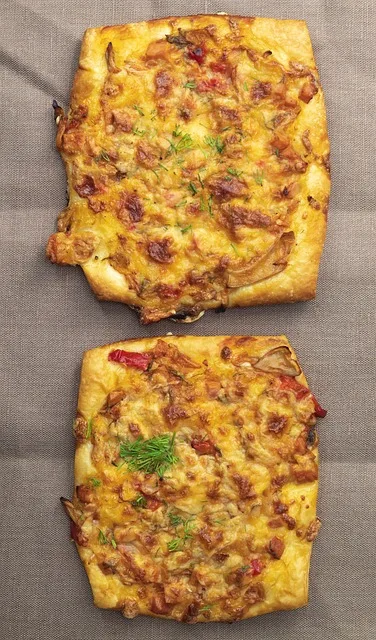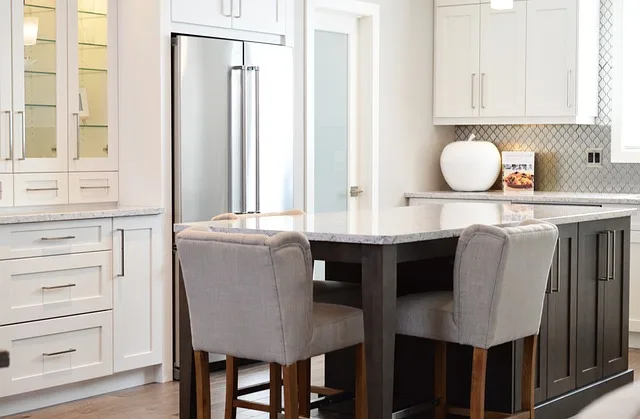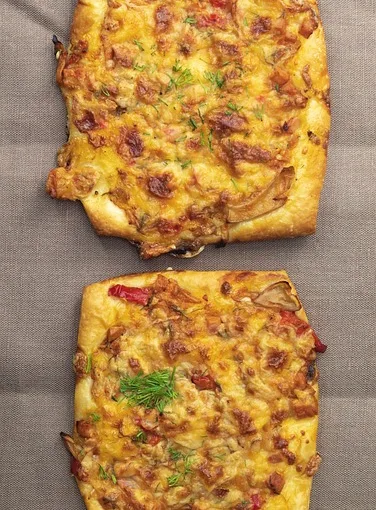
First up, let’s talk about the essentials. Every kitchen cabinet should house your cookware—think pots, pans, and baking sheets. These are the workhorses of your kitchen, ready to whip up a delicious meal at a moment’s notice. And don’t forget about your mixing bowls and measuring cups; they’re like the trusty sidekicks that help you create culinary masterpieces.
Now, let’s not overlook the dishes! Plates, bowls, and mugs deserve a cozy spot in your cabinets. It’s like giving them a home where they can rest until it’s time to shine at dinner parties or family gatherings. And if you’re a coffee lover, you might want to reserve a shelf for your favorite mugs—after all, they’re the vessels of your morning motivation.
Spices and condiments are the secret weapons of flavor, so why not keep them close at hand? A dedicated cabinet for your spice rack can transform your cooking game. Imagine reaching for that perfect pinch of paprika or a splash of soy sauce without rummaging through clutter. It’s like having a personal assistant in your kitchen!
Unlocking the Secrets: Essential Items Every Kitchen Cabinet Should Hold
First off, every kitchen cabinet should house the holy trinity of cooking essentials: a good set of knives, cutting boards, and measuring cups. Think of your knives as the magic wands of your kitchen. A sharp chef’s knife can turn a simple onion into a gourmet dish in seconds. Pair that with sturdy cutting boards, and you’re ready to tackle any recipe that comes your way. And don’t forget those measuring cups! They’re like your trusty sidekick, ensuring you get the proportions just right.
Next up, let’s talk about spices. A well-stocked spice rack is like having a treasure chest of flavors at your fingertips. From the warmth of cinnamon to the zing of chili powder, these little jars can transform your meals from bland to grand. Organize them in a way that makes sense to you—alphabetically, by cuisine, or even by color. Whatever floats your boat!
And what about pots and pans? You’ll want a versatile collection that can handle everything from a quick sauté to a slow simmer. A non-stick skillet, a sturdy saucepan, and a heavy-duty stockpot should be your go-to trio. They’re the backbone of your kitchen, ready to support your culinary adventures.
Lastly, don’t overlook the importance of storage containers. They’re the unsung heroes that keep your leftovers fresh and your pantry organized. Opt for clear containers so you can see what you have at a glance. It’s like having a personal assistant that reminds you what’s in stock!
From Spices to Cookware: A Comprehensive Guide to Kitchen Cabinet Essentials
First up, spices! Think of them as the magic dust that transforms a mundane meal into a feast. A well-stocked spice rack is like having a passport to global cuisine. Whether it’s the warmth of cinnamon or the kick of cayenne, these tiny jars pack a punch. But don’t just throw them in there haphazardly; organize them by flavor or cuisine for easy access. It’s like having a personal chef guiding you through your culinary adventures!
Now, let’s talk cookware. Your pots and pans are the unsung heroes of your kitchen. A sturdy cast-iron skillet can be your best friend, perfect for everything from searing steaks to baking cornbread. And don’t forget about non-stick pans; they’re like the safety net for those of us who might not be flipping omelets like a pro just yet. Investing in quality cookware is like investing in your cooking skills—it pays off every time you step up to the stove.
Maximize Your Space: Creative Storage Solutions for Kitchen Cabinets
First off, think vertical! If your cabinets are tall, don’t let that space go to waste. Install some sturdy shelves or use stackable bins to make the most of those upper reaches. It’s like giving your kitchen a second layer of organization. You can even use a lazy Susan for those hard-to-reach corners—just spin it around, and voilà! Everything is within arm’s reach.
Next, consider the power of pull-out drawers. They’re like the superheroes of kitchen storage! Instead of digging through deep cabinets, you can simply pull out a drawer to see everything at a glance. It’s a game-changer for pots, pans, and even pantry items. Plus, you can customize them with dividers to keep everything neat and tidy.
Don’t forget about the insides of your cabinet doors! They’re often overlooked but can be a goldmine for storage. Hang measuring spoons, pot lids, or even spices on hooks or small racks. It’s like adding a secret compartment to your kitchen that keeps your essentials right where you need them.
The Ultimate Kitchen Cabinet Checklist: What You Really Need

First off, think about functionality. You want cabinets that not only look good but also serve a purpose. Consider pull-out shelves or lazy Susans. They’re like magic tricks for your kitchen, making it easy to access those hard-to-reach spices or pots. Imagine reaching into a cabinet and finding exactly what you need without playing a game of hide-and-seek!
Next, let’s talk about materials. Solid wood cabinets are like the sturdy friends you can always count on. They’re durable and can withstand the hustle and bustle of daily cooking. But if you’re looking for something a bit lighter on the wallet, plywood or MDF can also do the trick. Just think of them as the reliable sidekick that gets the job done without breaking the bank.
Now, don’t forget about style! Your cabinets should reflect your personality. Whether you’re into sleek modern designs or charming rustic vibes, there’s a cabinet style out there that’ll make your heart sing. Picture your kitchen as a stage, and your cabinets are the stars of the show, setting the tone for the entire space.
Lastly, let’s not overlook the little details. Soft-close hinges? Yes, please! They’re like the gentle hug your cabinets give you every time you close them. And hardware? It’s the jewelry of your cabinets. Choose knobs and pulls that complement your style, and watch how they elevate the entire look.
So, as you embark on your kitchen cabinet journey, keep this checklist in mind. It’s all about blending functionality, style, and those delightful little touches that make your kitchen truly yours.
Frequently Asked Questions
Can I Use Kitchen Cabinets for Non-Food Items?
Kitchen cabinets can be used for storing non-food items, such as cleaning supplies, dishes, or small appliances. Ensure that the items are organized and that the cabinets are clean to maintain hygiene and accessibility.
How to Maximize Space in Kitchen Cabinets?
To optimize kitchen cabinet space, start by decluttering and removing items you rarely use. Use stackable containers and organizers to create vertical storage. Install pull-out shelves or lazy Susans for easy access to items in the back. Group similar items together and utilize door space with hooks or small racks. Regularly reassess and reorganize to maintain efficiency.
What Are the Best Practices for Storing Food in Cabinets?
To ensure food safety and maintain freshness, store food in cabinets by keeping items in airtight containers, labeling them with dates, and organizing by type. Avoid placing food near heat sources and ensure cabinets are cool and dry. Regularly check for expired items and rotate stock to use older products first.
What Items Should I Store in Kitchen Cabinets?
Kitchen cabinets are ideal for storing non-perishable food items, cookware, utensils, dishes, and small appliances. Organize frequently used items at eye level for easy access, while less commonly used items can be placed on higher or lower shelves. Ensure that heavy items are stored on lower shelves for safety and stability.
How to Organize Kitchen Cabinets Efficiently?
To efficiently organize kitchen cabinets, start by decluttering and removing items you no longer use. Group similar items together, such as pots, pans, and utensils, and use clear bins or dividers to maximize space. Store frequently used items at eye level for easy access, and consider vertical storage solutions for taller items. Labeling shelves can also help maintain organization.
